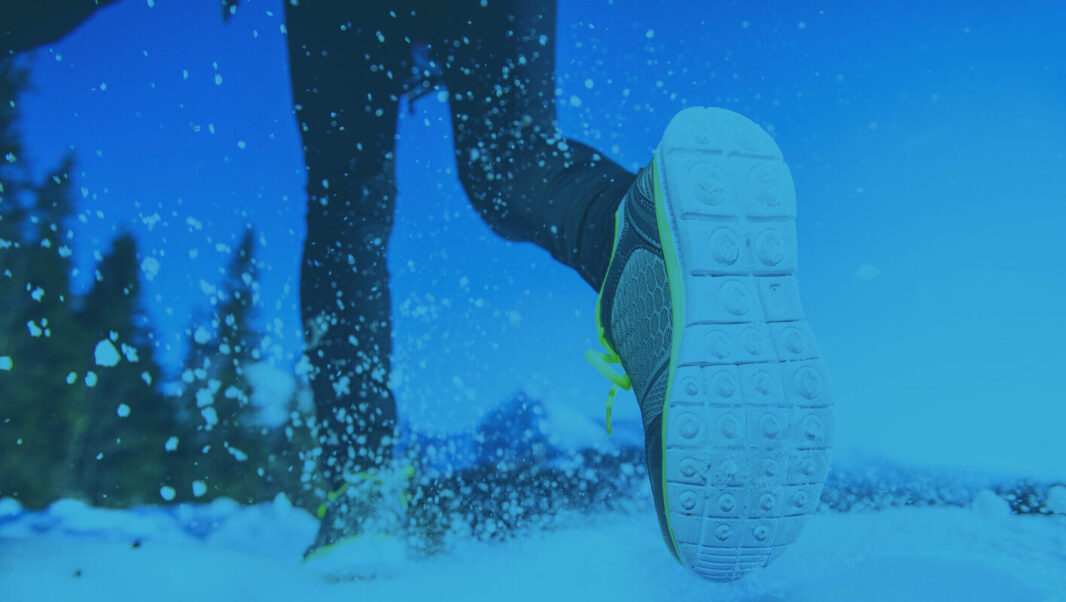Pre-Season Prep for Winter Sports

Why Off-Season Conditioning Matters
As autumn closes and winter approaches, athletes and recreational enthusiasts alike begin anticipating time on the slopes or ice. Sports such as skiing, snowboarding, and hockey require unique combinations of strength, endurance, and agility. Without proper preparation, the excitement of the season can quickly be overshadowed by injuries or early fatigue. Pre-season training is the bridge between summer fitness and winter performance.
Research highlights the value of off-season conditioning in reducing injury risk and boosting sport-specific performance (Stevens et al., 2010). Training before the snow falls or the puck drops allows athletes to build a base of strength, reinforce balance, and enhance cardiovascular endurance. Whether you are an experienced skier or a beginner, proper pre-season work ensures a safer and more rewarding season.
Building Lower-Body Strength
Lower-body strength is critical for winter sports. The legs absorb force during skiing turns, control acceleration in hockey, and power movements in snowboarding. Exercises such as squats, lunges, and step-ups train the quadriceps, hamstrings, and glutes to handle the demands of downhill runs or skating strides. Resistance training not only builds muscle but also conditions connective tissue, making joints more resilient to stress.
Single-leg exercises are especially valuable because they mimic the asymmetrical nature of skiing and skating. Split squats or single-leg deadlifts challenge stability while strengthening the muscles that protect the knees and ankles. Building this strength before the season begins reduces injury risk and boosts confidence during high-intensity play.
Balance and Agility Training
Winter sports often take place on unpredictable terrain. Icy patches, moguls, and sudden changes in direction require the ability to adapt quickly. Balance training is key. Standing on one leg while performing upper-body movements, using stability balls, or practicing single-leg hops are all effective drills. These exercises improve proprioception—the body’s awareness of position—which prepares athletes to react to unexpected shifts.
Agility drills such as ladder footwork, cone shuffles, or plyometric jumps further build responsiveness. Plyometric training in particular enhances power, allowing skiers to launch into jumps and hockey players to accelerate explosively.
Core Stability for Control
The core connects the upper and lower body, transferring force and maintaining stability. In skiing and snowboarding, a strong core helps maintain control during turns and landings. In hockey, core stability supports balance against opponents and during rapid changes of speed. Exercises such as planks, anti-rotation holds, and medicine ball throws challenge the core in multiple planes of movement.
Cardiovascular Conditioning
Even short sessions of skiing or hockey require bursts of energy and stamina. Without cardiovascular conditioning, fatigue sets in quickly. Pre-season training should include aerobic exercise such as cycling, jogging, or rowing, paired with interval training to simulate the stop-and-go nature of hockey shifts or ski runs. Building endurance ahead of the season helps athletes enjoy longer, safer sessions without overexertion.
Conclusion: Training Today for Tomorrow’s Performance
Pre-season conditioning creates a foundation of strength, balance, and endurance that pays dividends once winter sports begin. By combining resistance training, plyometrics, balance drills, and cardiovascular work, athletes reduce their risk of injury while enhancing performance. The investment made in the fall ensures that time spent on the slopes or ice is safe, enjoyable, and rewarding.
References
Stevens, C. J., Hume, P. A., & Hopkins, W. G. (2010). Muscle memory and repeated bout effect of eccentric exercise: Implications for performance and injury. Sports Medicine, 40(6), 471–484. https://doi.org/10.2165/11531890-000000000-00000
American Orthopaedic Society for Sports Medicine. (2023). Preventing winter sports injuries. https://www.sportsmed.org
Mayo Clinic. (2023). Winter sports injury prevention. https://www.mayoclinic.org



